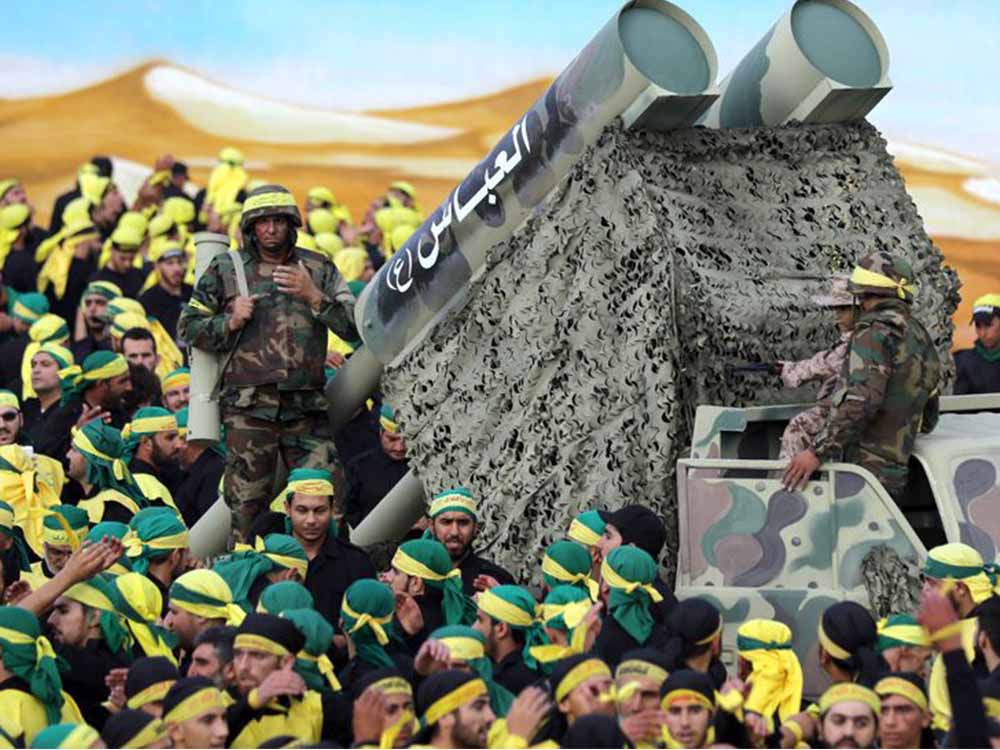Hezbollah in 2006: Militant Organization, Political Force, and Regional Player
Hezbollah, a Shiite Islamist organization based in Lebanon, played a prominent role in the Middle East during 2006. Known for its militant activities, political influence, and regional aspirations, Hezbollah’s actions in 2006 reverberated across Lebanon, Israel, and the wider Middle East. This exploration delves into the multifaceted aspects that defined Hezbollah in 2006, encompassing its military capabilities, political maneuvering, social welfare initiatives, and regional impact.
Origins and Ideology
Founding and Ideological Roots:
Hezbollah emerged in the early 1980s in response to the Israeli occupation of Lebanon. Drawing inspiration from Iran’s Islamic Revolution, Hezbollah’s ideology blends Shiite Islamism with anti-Israeli sentiments and resistance against Western influence in the region.
Armed Wing and Resistance Activities:
Hezbollah’s armed wing, known as the Islamic Resistance, has been actively engaged in military operations against Israel, including guerrilla warfare and rocket attacks. The organization’s commitment to armed resistance has earned it support among segments of Lebanon’s Shiite population.
Political Influence and Social Welfare
Political Participation:
Hezbollah is not only a militant group but also a significant political force in Lebanon. The organization participates in parliamentary elections and holds seats in the Lebanese government. Its political wing advocates for the rights of Lebanon’s Shiite community and promotes Hezbollah’s agenda on the national stage.
Social Welfare Initiatives:
Beyond its military and political activities, Hezbollah operates extensive social welfare programs, providing services such as healthcare, education, and financial assistance to Lebanon’s Shiite population. These initiatives contribute to Hezbollah’s popularity and grassroots support.
Regional Dynamics and Conflict with Israel
Hezbollah-Israel Conflict:
In 2006, Hezbollah’s conflict with Israel escalated into a full-scale war, known as the 2006 Lebanon War or the July War. The conflict was triggered by Hezbollah’s capture of two Israeli soldiers and subsequent rocket attacks on northern Israel. The war resulted in significant casualties and destruction on both sides.
Impact on Regional Stability:
The 2006 Lebanon War had far-reaching implications for regional stability, exacerbating tensions between Israel, Hezbollah, and other actors in the Middle East. The conflict highlighted Hezbollah’s military capabilities and its role as a key player in the Israeli-Palestinian conflict.
International Relations and Designation as a Terrorist Organization
International Standing:
Hezbollah’s activities in 2006 drew international attention and condemnation, particularly from Western countries and Israel. The United States and several other countries classify Hezbollah as a terrorist organization, citing its involvement in acts of terrorism and violence.
Support from Iran and Syria:
Hezbollah enjoys support from Iran and Syria, which provide the organization with financial backing, weapons, and political backing. This support has bolstered Hezbollah’s capabilities and enabled it to maintain its position as a formidable force in the region.
Conclusion
Hezbollah in 2006 stood at the intersection of militant activism, political influence, and regional dynamics in the Middle East. Its actions during this period underscored its role as a complex and influential actor, shaping the geopolitical landscape of Lebanon and the wider region.











